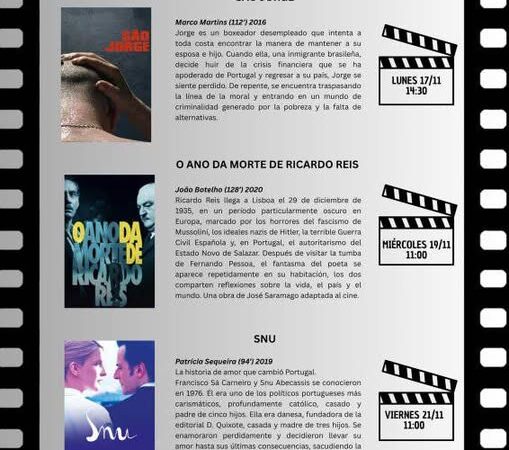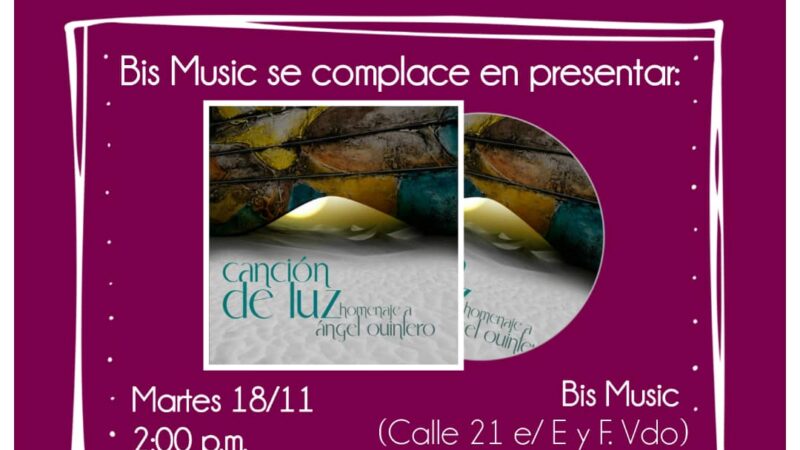Rendez-vous: a moving project that renews and moves us
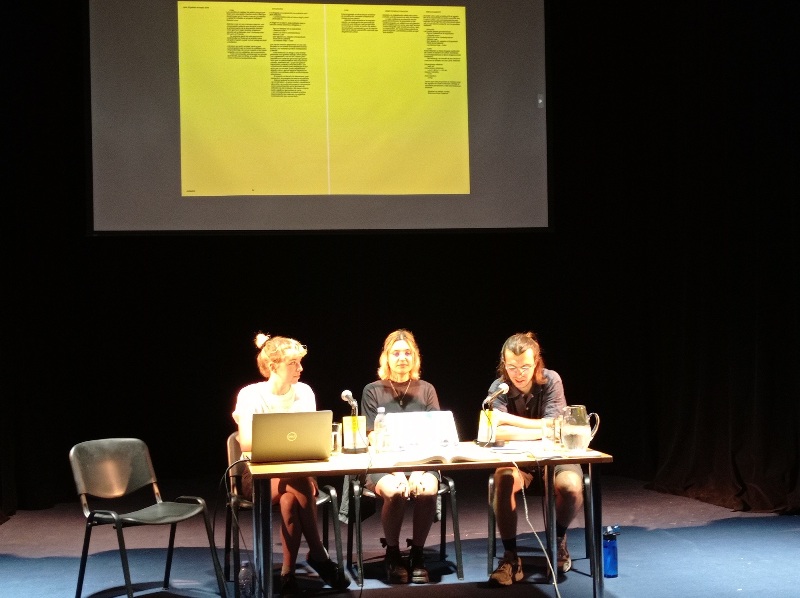
Tell us what is most precious to you, from the most ordinary to the most existential, as can be read on the postcards distributed in the theater of the National Museum of Fine Arts during the presentation of the artist’s book Rendez–vous by its author, Éléonore Pano-Zavaronio, Coralie Guillaubez, editor, and Aldric Lamblin, graphic designer, who are visiting Cuba as part of the Day of Francophonie.
This interactive form, which caught the attention of the audience and in which spectators can leave their messages, is the style of a project that emerged from three exhibitions: the first one when the artist was invited to the Lyon Biennale in 2017. There, from her network of love, she invited her work team, people with whom she exchanges and those she likes, to leave written opinions and letters based on her intense intentions.
“I believe in a chosen network of validation, a functioning that includes forms of mutual support, forms of care, forms of love,» explains Éléonore.
At the meeting on Wednesday, Éléonore expressed her satisfaction with her presence in Havana, a villa that is also part of her work, since part of it was made in this city, where she has been invited to exhibit in 2018 at the Wifredo Lam Contemporary Art Center, alongside Cuban artists such as Celia-Yunior, Susana Pilar, Jenny Feal and Duniesky Martín.
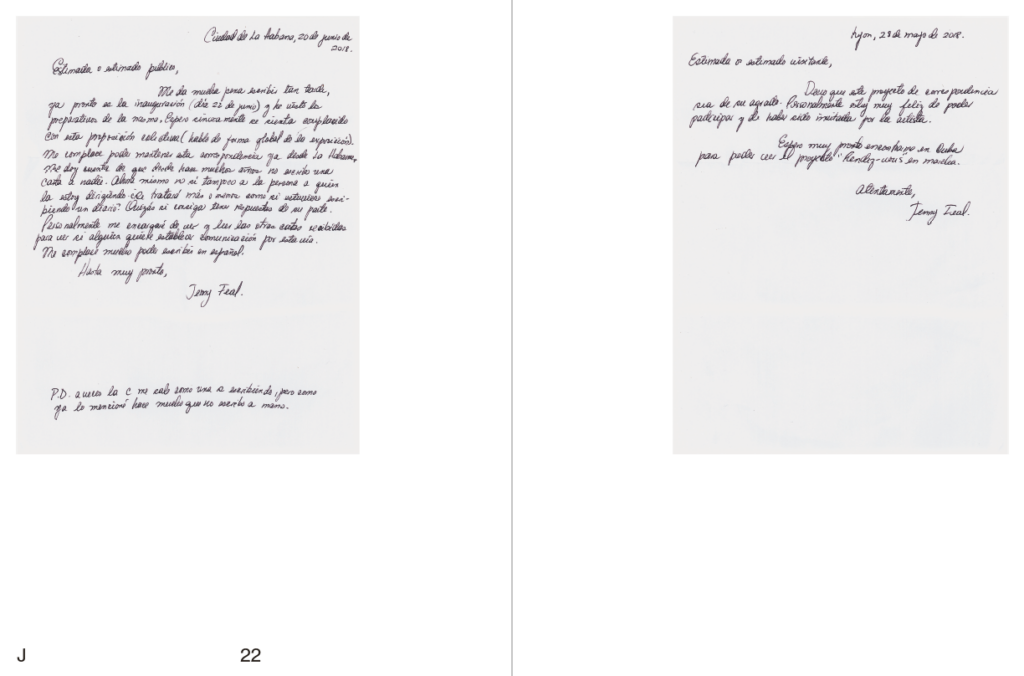
She said it made sense to continue the project in this Caribbean city. Since it is a postal correspondence, she said, it is interesting to have a second opportunity to respond to the first exhibition, but also to open up the work to another context, that of Havana, that of Cuba, of all that this opens up in terms of imagination and decentralization for people who are mainly anchored in Europe.
On this occasion, she invited her network of love to stamp their messages on the visitors to the institution in the historic center.
In a third phase, she was invited by the English artist Paul Elliman – who had seen her work at the Lyon Biennale – to continue this work in an art center in Rotterdam, the Netherlands, where she made some slight changes to the project.
Her purpose in inviting people to write about their intense intentions was to get away from the artwork to be in the process, to be in what we don’t necessarily share with the research part of art practice,» she stressed, «because an (art) practice is all about study, multiple experiences and experiments.
The project, which she called Rendez-vous, created a permissive space for the participants and a suitable segment for artistic experimentation; many took advantage of it to share questions or forms of artistic expression that were still in process; she gave the examples of Joana Teule, who developed a printmaking project in response to her invitation; Gilles Rouffineau produced a book-length work that she had wanted to do for many years but had not yet found the time or context to carry out. Mathew Kneebone shared a collection of mysterious and unpublished texts, and Mathilde Chémin shared an experience and a reflection on the relationship with time in artistic practice.
Éléonore explained that this was the fourth part of the project, its permanent form: the artist’s book, on which the team had worked for two years, according to the editor, Coralie Guillaubez: «This time was necessary to think as best they could about how to make sense of the dense and very diverse material that these letters are. It is not an archive, it is not a documentation; the intention is to let readers experience the correspondence, as visitors have appreciated and discovered it,» she said.
It was work that was part of an affective network, she said, working together in the desire to do things together. It was intuitive, an organic organization based on mutual trust.
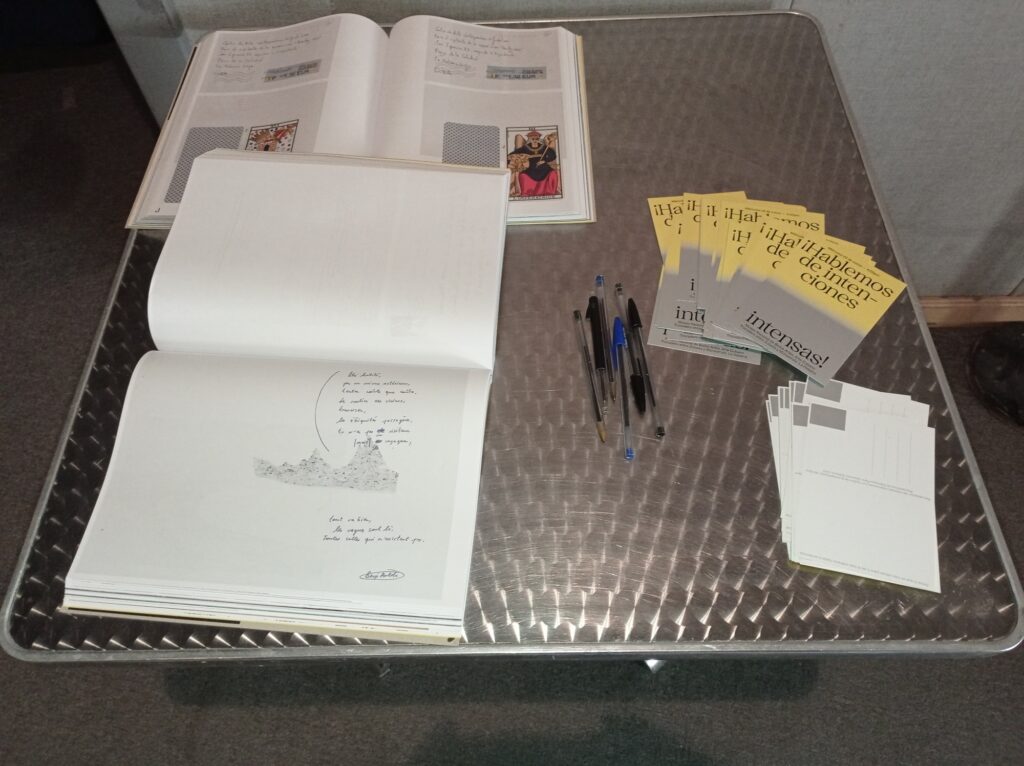
Rendez-vous is a moving project that renews and moves, stressed Guillaubez; it is designed to be shared, to be disseminated and to continue to create situations of exchange. She noted that the letters are preserved in their original language, in French, English, Spanish, Dutch and Korean. They bear witness to the artist’s international network of love and to the recipient’s questions to people in different countries (the context of the exhibitions).
With this work, published by AAA Editions and exhibited in the American city of San Francisco and in Paris, Éléonor has created a gap: a space to reflect on what we do, to take time, to say and think differently, concluded the young editor.
Aldric Lamblin, a graphic designer, explained the design approach, stating that the cover is the most abstract element of the book; it is the minimum size of a letter allowed by the French Post Office. The area printed in grey shows the potential area for guests to explore; the cover transcribes the sentence spoken by the Art Centers mediator for each letter received: Your mail has arrived; and is translated into all the languages used during the Rendez-vous.
He pointed out that the layout was done in collaboration with Jérémy Glâtre, and as for the content, he stressed that the 600-page book is divided into three chapters, one for each of the artist’s appearances: Rendez-vous, Cità and Afspraak. Each contains the letter of invitation, the correspondence received during the exhibition, an epilogue for the documentation that arrived «late» after the show, the bounces (letters from visitors to the art centers that ran parallel to the letters received in the galleries) and an index.
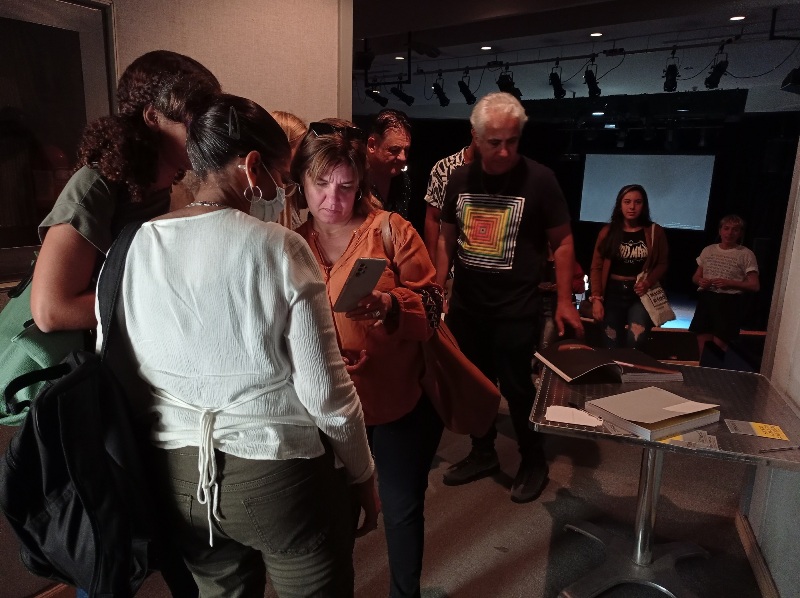
The audience gathered in the Fine Arts Theater had an opportunity to interact and write their messages to other spectators, who will be able to read them when they are placed in the exhibition and later in other museums and art galleries in other countries of the world, where others, perhaps like you, my dear reader, will join this network of affection, of solidarity. Éléonore’s work invites us to do so, it will be a channel of universal communication.


